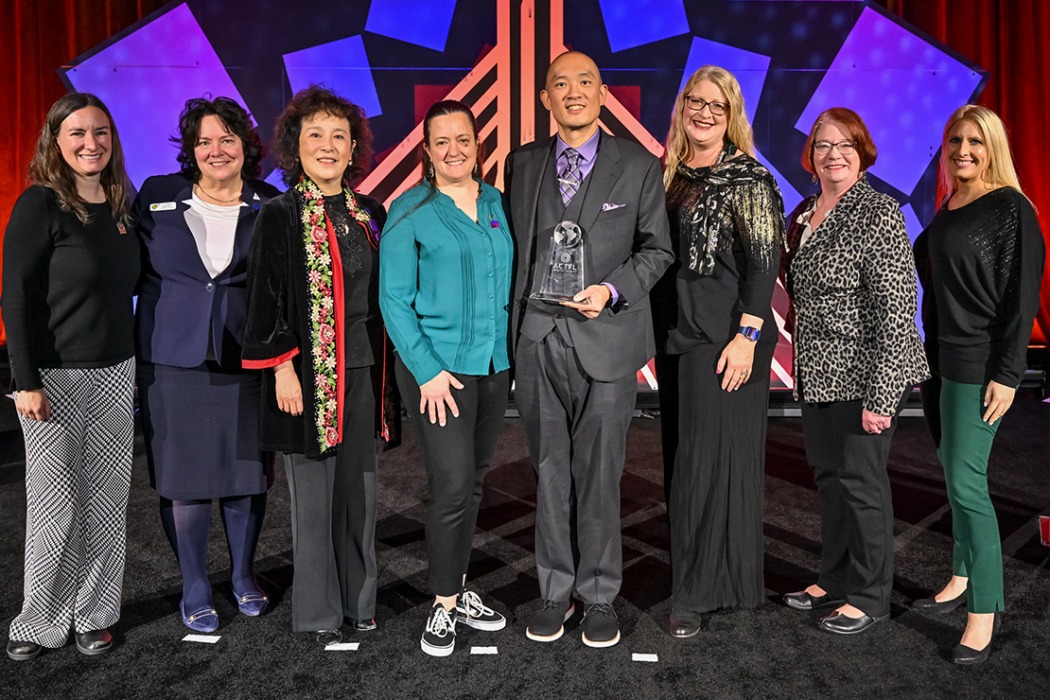Pamela Reynolds

2015 Hall of Fame Nominee

Siloam Springs High School
Siloam Springs, AR
2015 Finalist from SCOLT
Those who walk in two worlds shape the future. In the early 17th century, an obscure Native American learned to speak English. This was important to no one until a ship full of Englishmen arrived and began to starve to death. Squanto’s ability to communicate and his willingness to serve saved the Pilgrim’s lives; through them our nation was founded. In the 1520s la Malinche served as Hernán Cortez’s interpreter and helped to establish a new society in the Americas. In the 1940s, the Navajo Code Talkers used their language skills to protect the WWII secrets of the United States. Without their service, the world would look very different today.
Each of the people listed above not only spoke languages, but also valued others different from themselves. They possessed a sense of global citizenship. Through exploring a new world—a new culture and language--we realize that we are all connected and that we need each other. This is the value of learning language and culture.
A student once told me that studying a new language seems like spying on another world. I agree; however, the trick is to help students to realize the interconnectedness of the two worlds. My students watch Spanish language basketball on youtube, explore music and telenovelas and visit churches and families where Spanish is spoken. In the process, they learn that the new culture is similar to their own in ways important to them. This builds a sense of connection. However, this small connection does not teach global citizenship-that sense of value of every person and the knowledge that we need each other.
I teach two different worlds: heritage/native learners and “regulars.” Half of my students have not traveled outside the state. The other half are immigrants who speak English as a second language. In one class I build language ability and cultural understanding in very basic Spanish; in the other I teach students whose speaking and listening experience in Spanish often exceed my own. For a while I questioned how to help my two groups connect and value one another.
The answer came through a joint project. Moved by a film in class, the students decided to fund a microloan for a tiny business in an impoverished region of Mexico. The classes banded together to raise the money. Together they chose the recipient of their loan and explored her home culture, Mazahua. They rejoiced as she paid off her loan in only four months and was able expand her snack stand and improve living conditions for herself and her children.
The project helped preconceptions fade; the knowledge that they were bettering the future for one family gave them joy and a sense of global citizenship. They learned that they can make a difference, and that even the poorest people in the world have dreams and ideas to contribute. Through shared experience, they learned that it is not only important to know what to say when to whom, but also to make positive impact worldwide. They learned that walking wisely in two worlds shapes the future for us all.